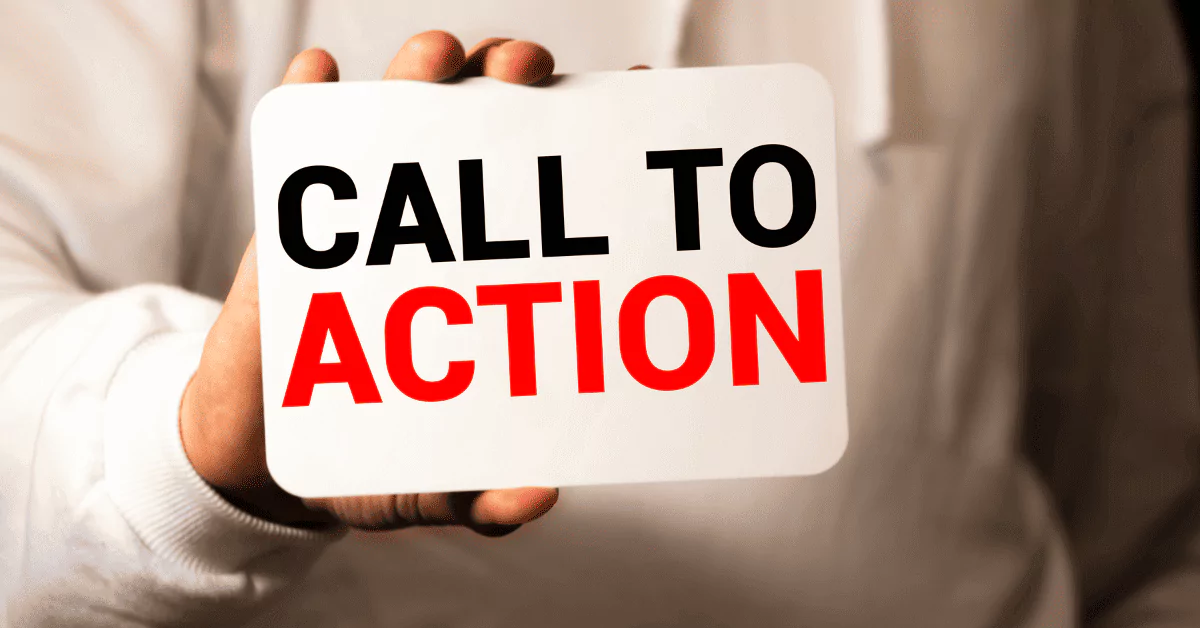What is SEO?
SEO is an abbreviation of search engine optimization. It is basically a set of techniques from which a business’s ranking is improved on Search Engines like Google and Bing. Here ranking means, website becomes more visible and is ranked at the top position on the search engine’s preface.
More visibility results in more traffic to the website and generates a more organic audience. SEO is all about effectively analyzing the users’ search needs (that is based on current trends), using these search trends or keywords, and incorporating these keywords in high-quality content that attracts the user.

What is SEO Strategy?
SEO Strategy is a set of plan to improve website’s visibility on Search Engine in order to get more online visitors. It is mainly based on Search Engine Algorithms, which rate and arrange search results based on different factors.
Greater compliance with these factors results in a higher ranking in the search engine results. Search Engine’s objective is to offer the most relevant solutions or answers to the user’s questions. You want the best possible answers When you search for something online. That is the reason that all search engines do their best to give users the most accurate results.
Search Engine’s competitive nature makes it attractive otherwise users would switch to some other search engine.
SEO Article Writing is an art that needs to be learned. There are several techniques that must be followed to make it a success.
The step-by-step guide is discussed below:
Start with Keyword Research:
From 2021, search engine algorithms are giving more weight to thought-led types of content. While keywords are still important, it is also essential to keep your target audience in mind when producing search engine optimized content. You should understand the search intent of the public behind your keyword research to optimize your content.
-
Why Long-Tail Keywords are the Best Keywords for Ranking?
Long-tail keywords are most of the time not only low in volume but also low in competition. They help give your content a sense of what it is about, making it easier for Google to choose it as a source and rank on Search Results.
-
Which Free Tools are Best for Keywords Research?
Tools like AnswerThePublic or Google Keyword Planner are free keywords research tool that helps SEO Experts to make best content strategies. These Keywords Research Tools are the best for finding suitable keywords. These platforms provide you with the most searched keywords that people are searching for. These keywords, when used in articles, result in a higher ranking of articles on the Search Engine Result Page (SERP).
You can also search for topic-specific pages on Wikipedia to get ideas. Google Autocomplete provides keyword suggestions based on real user queries, and related searches display eight search results at the bottom of the results page. Based on Google’s algorithm these are automatically generated to determine terms related to your search.
You can jump on other topical forums to see what questions and topics your target audience is asking about. You also have to keep an eye on your main competitors and figure out which keywords are driving quality traffic toward their websites.
Lastly, you can find keyword ideas on Amazon, another important tool that is especially helpful for e-commerce businesses trying to drive product pages.
By following these tips, you can create content that helps your audience and performs well on search engine results pages.
-
How to do Keyword Placement in the Content?

Once you have got your target keywords, the next step is the right placement of keywords in your content. Make sure to include your target keywords in the Title, URL, Meta-Description, Headings and Content. Use keywords in H1-H6 tags, image names, and alt image tags.
Use free meta-writing tools to help you stay within Google’s recommended character lengths for titles and meta descriptions. You must be careful not to overuse keywords in the content, avoid keyword stuffing, as it can affect content readability and result in less chance of ranking in SERPs.
Create content that solves problems or answers popular questions from your audience, and include keywords naturally. Proofread your content to ensure your content is related to the Google guidelines and that there is no keyword stuffing in it.
-
Why Search Engine Optimised Title is Important?
Search Engine-Optimized Title is very important because it tells search engines and visitors, what your page is about and attracts them, so make sure it is optimized.Title Tag is what people see at first and then click on to visit your Webpage.
Use keywords in your headers and sub-headers to help search engines crawl your site and make it more friendly for the users. The main body of your page should explain the headers of what your content is all about. Adding videos and images makes it more engaging. At the end write a short and interesting meta description to attract people and give them an idea of what your page is all about.
-
Importance of keywords Research in the Content
Keywords Rsearch is the critical component of content writing. It helps you to understand your target audience and their specific needs. Using relevant keywords in your content improves your Search Engine Rankings and attracts more organic traffic to your website. This ultimately enhances your brand’s online presence.
It is highly recommended to incorporate keyword research into your content creation to achieve desired results. The right keyword research is essential for successful content writing. It involves identifying the keywords and phrases that your target audience is searching for and incorporating them in a way that they do not seem to be stuffed is really important.
This content increases visibility and improves your business’s search engine rankings. The content is regarded as search-engine-optimized content only if the keywords are incorporated into the content naturally.
Use Metadata correctly:
After finding the target keywords, make sure you are including them in the right places. Use the primary keyword in the Title, URL, and meta description. Carefully follow the character limits in each of them.
-
What is the length of SEO Title?
Length of an SEO Title can be 50-65 characters. Make sure to write concise SEO Title which includes primary keywords.
-
What is the length of SEO Meta-Descrption?
Meta-Descrption length should be in between 150-160 characters. This is what Google’s Top Ranked pages contain in the Search Results Page (SERP).
One more important strategy is to write engaging blogs that are incorporated relevant keywords and attract readers. It is advised that you must include these keywords in such a way that it is easy to understand and interesting to read. When you are done with writing your content give it a reading and proofread it by yourself or by someone else.
Use a Strong Call To Action(CTA):

A call to action is to attract or compel users to perform a specific action. The Rate of Visitors converting on a landing page is affected by the Call To Action Button. A call to action is necessary for converting website visitors into permanent customers or leads.
This action could be anything from making a purchase to subscribing to a newsletter to filling out a form to providing emails or clicking a button to learn more about a product or a service. You can find CTA mostly on websites, emails, advertisements, and social media posts. . CTAs are mostly highlighted on a page using bold colors or high-colored catchy graphics.
Write compelling SEO Meta Titles:
The meta title is the bold headline above the web page link. It is the heading of the article that is mostly in blue color and visible to you on the Google search results. When you click this meta title the article or the blog opens up.
Good Meta Title is said to be catchy, it must be in 60 characters. It must include the top-ranked keyword in it because they define the information that the blog is all about. If the meta title is excellent and has all the information in it, it attracts the relevancy of the content for the user and helps the business to rank better on the web page.
Meta Description Optimization:

The text under the headline or the meta title is called the meta description. It is basically the small text of one line that sums up the information about the webpage. The maximum character limit of a meta description is 160. But ideally, it must be in 140 characters. It must consist of catchy and user-attractive lines.
Your website’s meta titles and meta descriptions undoubtedly play a great role in the Search Engine Ranking! A website’s meta title and descriptions are usually the first thing your website visitors notice.
The users read the meta titles and meta descriptions of websites before opening a website. An engaging, accurate, and attractive meta title or description attracts more people to your website. By writing seo optimized meta titles and meta descriptions, your website traffic increases.
Headings Tags:
Heading tags are basically HTML codes on a website. When these are applied to titles or subtitles they help distinguish the parts of a webpage and tie the ideas together. Heading tags help search engines and website visitors differentiate between a main section and a subsection on the page, and how these sections are interrelated to each other.
In simple words, heading tags set up the table of content on a webpage. By reading or listening to the headings in a piece of content, readers get the main ideas of an article or that specific paragraph. These are so decisive that by reading them a reader decides whether to continue reading the article or not!
Tips on Writing SEO-Friendly URLs:
Similar to the SEO process the URL should be SEO-friendly. The URLs should be simple, attractive, and confusing. Meaningful URLs are easy for users and ease the SEO process. A user-friendly URL forces the users to click through to the websites because they know what the site is after examining the URL. Conversely, confusing URLs will discourage them to proceed to the website. Several tips on writing SEO-friendly URLs are:
- URLs should be definitive, concise, and user friendly i.e. users can comprehend them easily. By seeing a URL, a user could get an idea of what the page is all about.
- Use hyphens to separate words for easy readability. Do not use underscores, spaces, or any other characters to separate words in a URL.
- Use lowercase letters as it is noted that uppercase letters can cause issues with duplicate pages and an issue of duplicate content.
- Do not use URL parameters as they can create issues with tracking and duplicate content.
Images Optimization:
It is the human psyche that is more attracted to images than to texts. Ranking your images, therefore, is much easier than ranking posts. If you are a blogger or a writer writing articles for a newspaper, you must use images in your article as images bring an article to life and also contribute to your website’s SEO.
Image Optimization SEO is optimizing images for SEO to attract more organic traffic. The optimized image on a website makes the page more appealing to search engine crawlers. Image SEO provides additional information about a graphic to search engines and helps them to understand the content, ultimately leading to a boost in search rankings and visibility.
Update your Content Regularly:
A strong online presence is extremely important for the growth of an online business. It is observed that most companies create it once and then completely forget it. This might result in lower search engine ranking and makes it tough for customers to find you online. Regularly update your content and make it more engaging.
It vastly impacts the SEO of a website, drives traffic to the website, and betters the rankings and authority on search engines like Google and Bing, etc. Therefore regularly reviewing the keywords and incorporating them in your content organically is really important and recommended. Adding fresh content in the form of blogs as well really helps your business to grow.
Include Schema Markup:
Schema markup is the structured data that helps search engines understand your website’s content and what information you are providing to your user. A search engine crawls a specific page of a website, analyzes the data, and ensures the data is providing the right information.
The search engine crawler authenticates it to appear in relevant searches if the data is structured. Design your content in a structured way so that readers can understand it easily.
Search engines sometimes might have trouble understanding what sort of content you are trying to portray, structured data gives them the context. In this way, they can tell what different parts of the page mean and how they are related.
Schema markup is one of the SEO best practices. Adding it to your website’s HTML helps you to Boost SEO. Structured data improves the way your pages are displayed in search engines. It improves your ranking in search engine results.
When they can see more detailed information about your page, visitors should feel more confident about clicking through as your website seem to be legitimate. This not only improves traffic on your website but also enhances engagement and even conversions.
